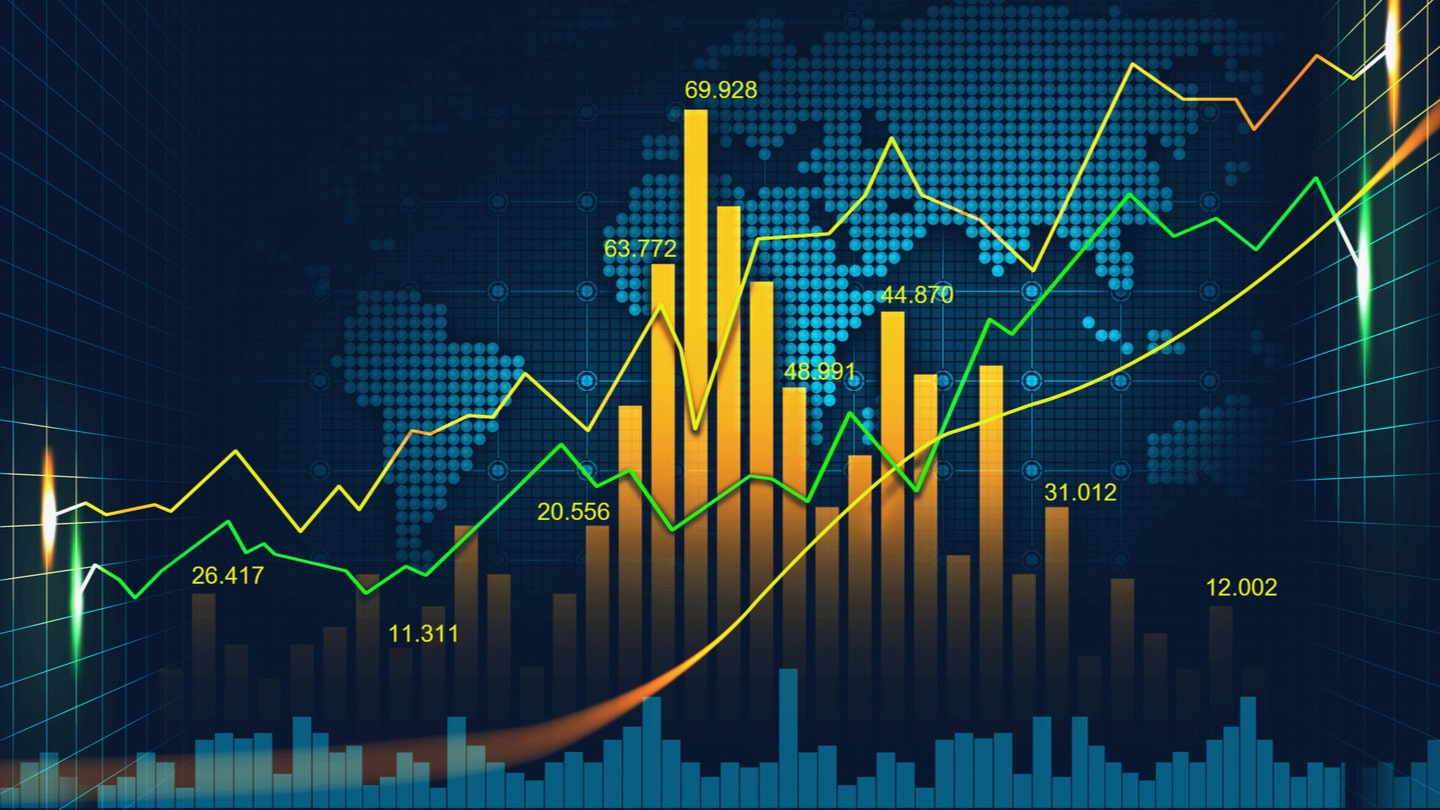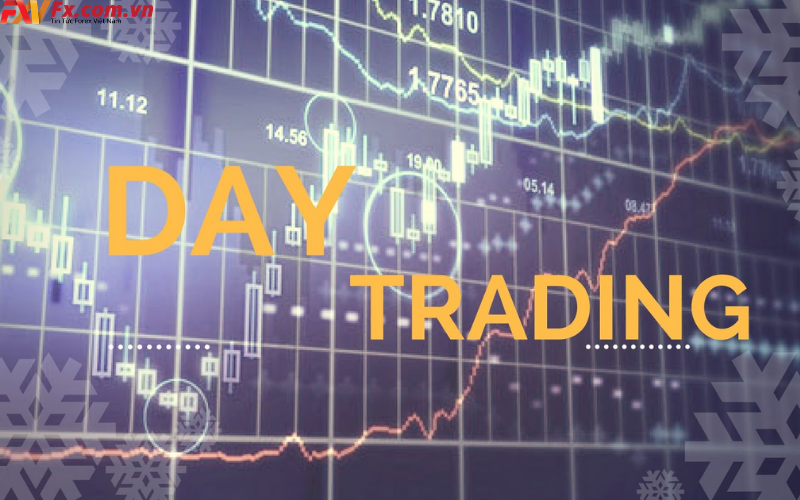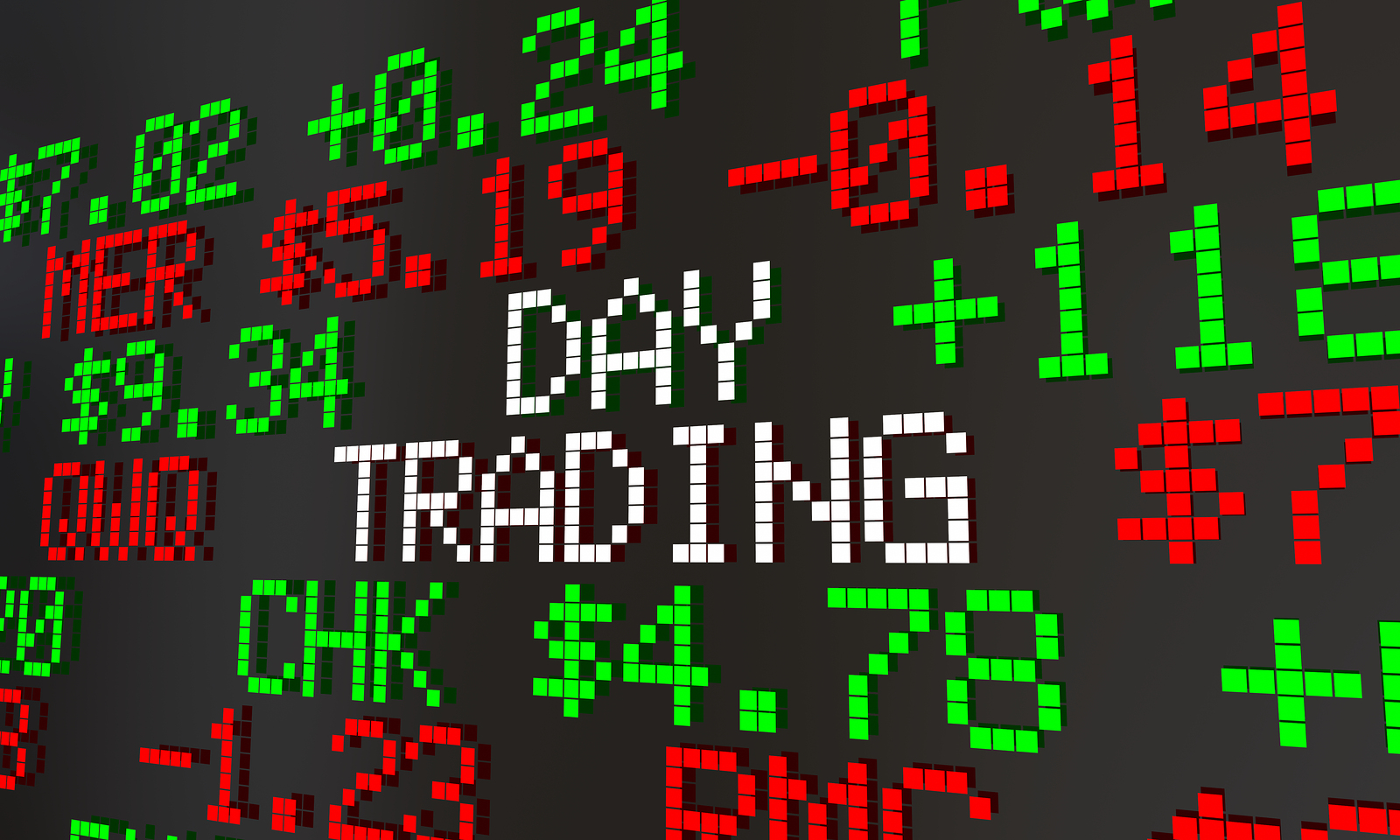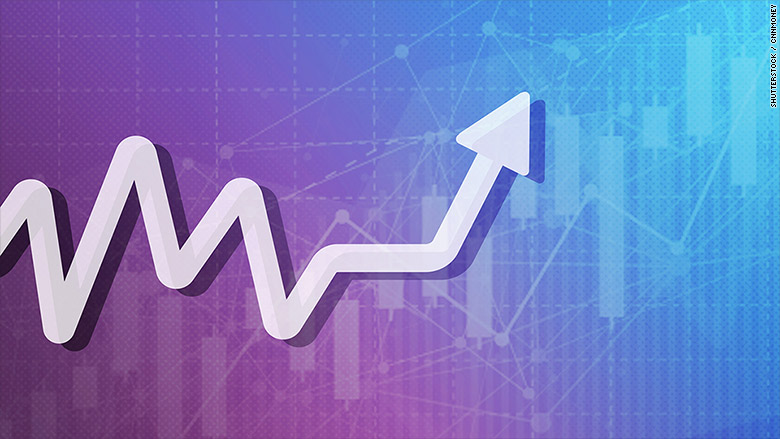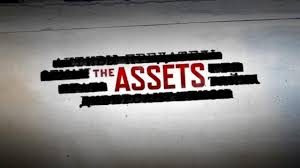The Evolution of Trading
A.I. Trading Technology needed to create a true revolution in trading technology on a scale the market had never seen before. We wanted to create trading systems that could study the market, learn from large quantities of data, adapt to the dynamic market environment, and grow client accounts on a consistent basis.
So we did it.
Neural Networks and Deep Learning
Advanced Machine Learning Systems
Ongoing Maximum Trading Results
Artificial intelligence and machine learning represent the biggest leap forward in trading technology. Previously this technology was only available to large institutions and hedge funds, costing millions of dollars annually in programming and equipment.

Deep Learning
Advanced deep learning studies the market, looking for opportunities to execute trades with the highest probability of success.
The deep learning module tests thousands of possible trades every second, tracking every result.
Traders benefits from the delivery of more accurate trades more often.
Neural Network
Neural Networks contribute to the learning capabilities of each of our custom designed algorithms.
Our algorithms learn from every trade. Their ability to learn and adapt to an evolving market is reinforced and enhanced by our deep learning.
The algorithms driving your trading constantly watch the markets and become smarter, faster, more efficient traders every day.
Adaptive Results
This process creates adaptive results: algorithms assessing market conditions, calculating potential moves and using experience to execute trades with the highest probability of profit.
The longer the system is in use, the more it learns from each trade and improves results.
Proven Experience
Our developers have been building institutional level deep learning and artificial intelligence platforms for over a decade. They know how to develop customized, adaptive algorithms with the ability to deliver the performance clients demand.
Enhanced Trading Consistency
All algorithms combine self-learning AI with deep learning capacity. The result: algorithms teach themselves to consistently become better, more accurate traders. Clients benefit by enjoying more consistent performance with smaller, shorter drawdowns.
Puts Average Traders on Equal Ground with Institutional Traders
True A.I. systems will outperform any Expert Advisor or rules-based system. Rules-based systems fail because they try to bend markets to fit their rules. A.I. evolves with the market, constantly studying and learning how to execute successful trades. Institutions learned this lesson and deployed progressively more advanced A.I. algorithms to boost their trading results.

Outperforms Every Other Methodology or Trading Approach
Traders experience failure with black box or manual systems and typical Expert Advisor programs. Regardless of how successful the rules-based system are initially, A.I. will eventually master it, and execute the system more often, more efficiently and more profitably than any human trader. Accordingly, every manual system and every trading strategy not built on a comparable A.I. will eventually become obsolete.
Our Mission:
To provide all traders the tools and technology to be successful in the markets
Our People:
Brian Ward – CEO
Brian studied computer programing and systems engineering at Sheridan College. From there he made the leap into the financial world, landing a position with the largest mutual fund company in the country.
In the world of entrepreneurship, his business focus has been on helping investors realize the best possible gains with the least amount of risk.
Brian’s long-term vision contributes to the ongoing development and delivery of top-quality, easy-to-use technology for all A.I. Trading Technology clients.
Hoy Jameson – COO
Hoy’s financial industry experience spans over 19 years. He was the founder of Satori Capital Management Inc., a registered Limited Market Dealer with the Ontario Security Commission, focused on Exempt Market Products for Accredited Investors. Hoy has advised on trade strategy and trading platform development in addition to risk management for offshore hedge funds and registered start-up funds for both Commodity Trading Advisors and Commodity Trading Managers in the U.S. and Canada.
Rito Jones – Chief Developer and CTO
Rito has wide-ranging experience as a professional quantitative trader, investment strategist, and technologist. He has served as consultant to several US-based hedge funds and previously held positions at Oracle and Tata Consultancy Services. He continues to serve as a professor at WorldQuant University. He is an alumni of Indian Institute of Technology (IIT) Mumbai and a member of Mensa.
Panagiotis Platis – Director of Business Development
Panagiotis has been in the financial services industry for 20 years, specializing in foreign exchange, commodities, and futures trading. He has performed currency conversions for major institutions and has worked for one of Canada’s largest FCM’s. Panagiotis gained his knowledge by advising clients about the pitfalls of standard trading methods. He brings his entrepreneurial spirit and business acumen to A.I. Trading Technology.
How can using artificial intelligence help my trading?
Artificial intelligence works by analyzing each aspect of a trade to uncover everything that makes a trade successful. It then builds on the patterns it sees in the markets, resulting in continually improving performance.
Are any institutions using A.I.? What are their results like?
Institutions rely heavily on A.I. for high frequency trading and for several other trading decisions and execution. Hedge funds, pension funds and other institutions are implementing A.I. solutions on a regular basis.
Do I have to give up control of my trading account?
No, you have full control of your account at all times. You can set the system to auto-trade for you or simply give you trade suggestions.
What kind of strategies can an A.I. algorithm execute?
A.I. algorithms can be taught to execute any type of trading strategy, and will likely improve the strategies performance significantly.


